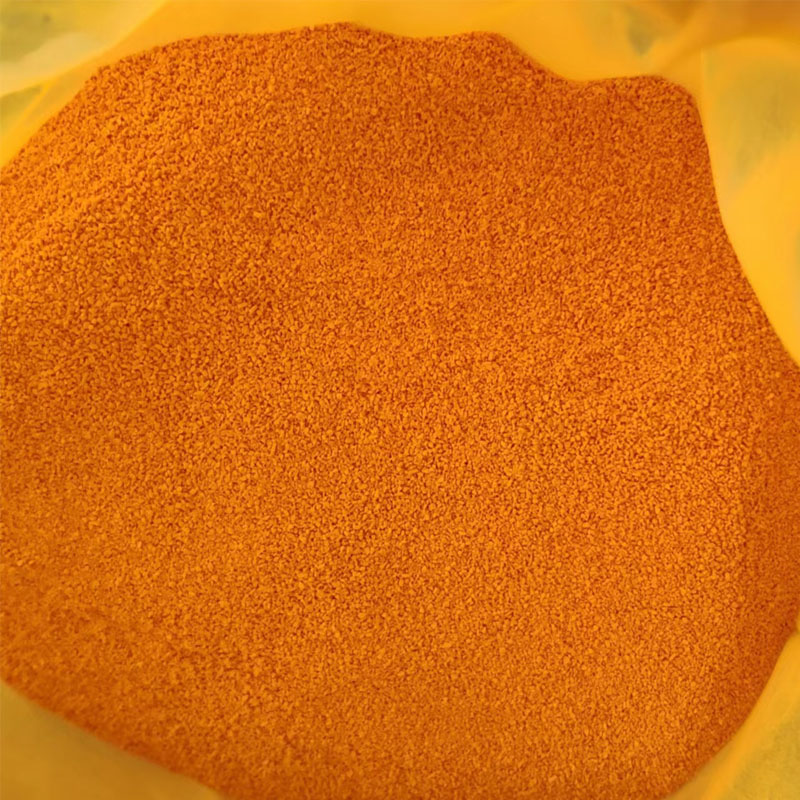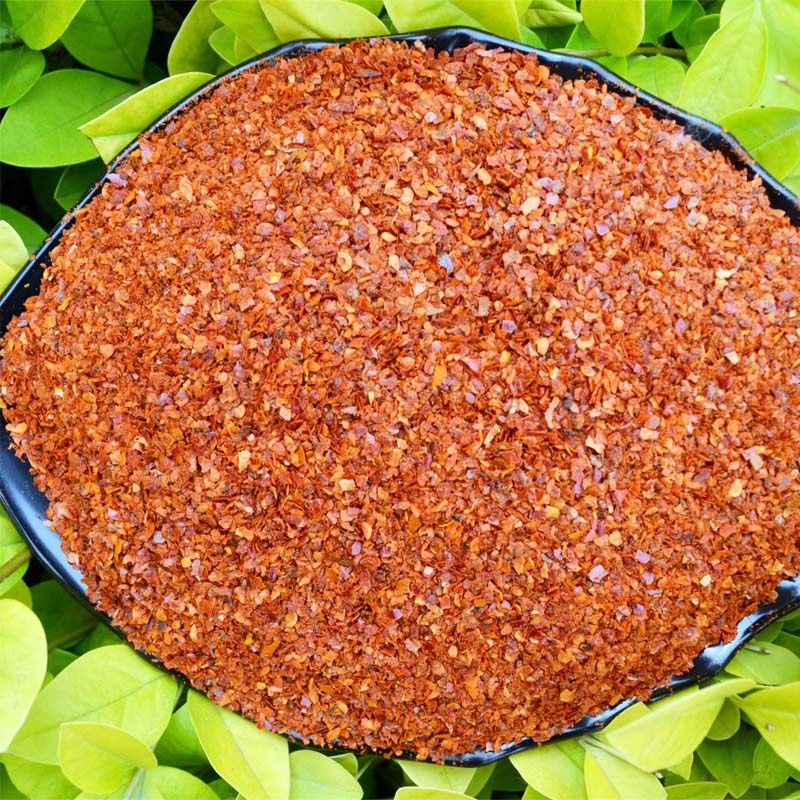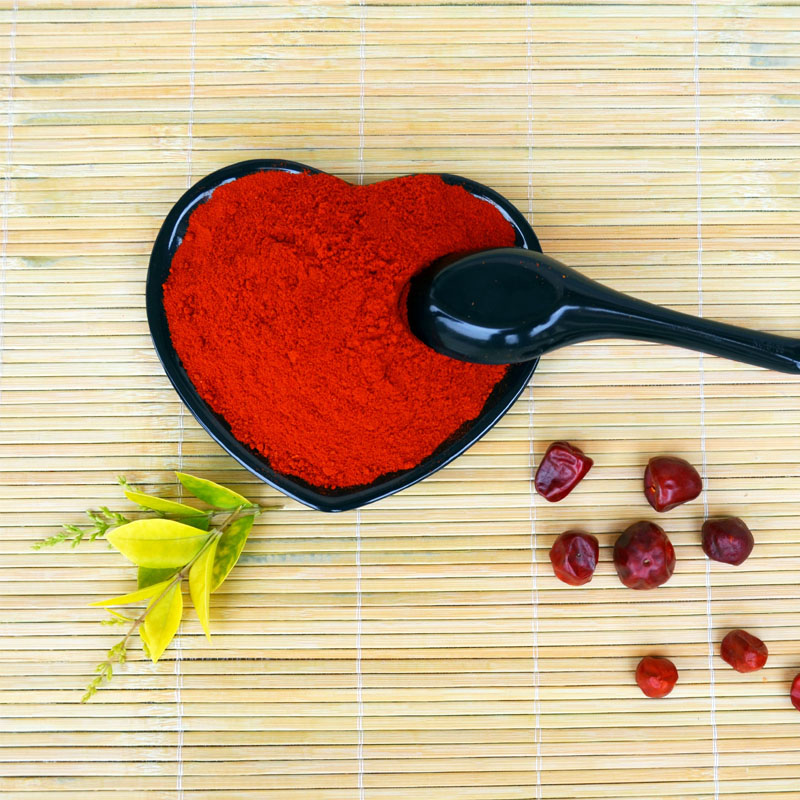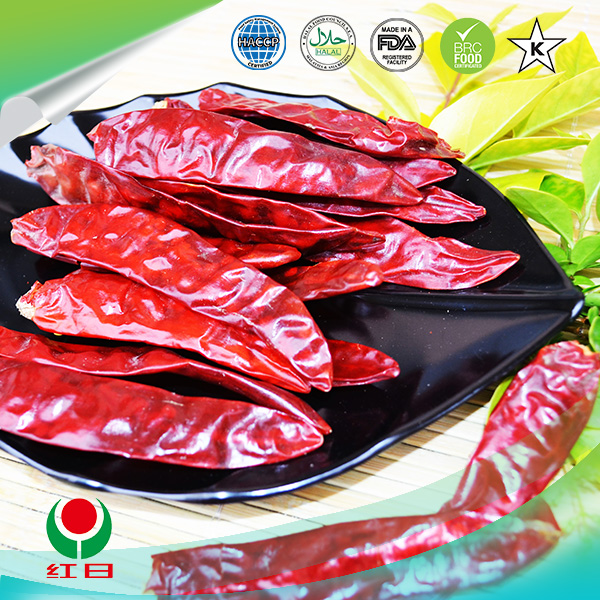- No. 268 Xianghe Street, Economic Development Zone of Xingtai city, Hebei 054001 China
- Byron@hbhongri.cn
High-Quality Paprika Oleoresin | Natural Food Color & Flavor
Unlocking the Potential of paprika oleoresin: Industry Trends, Technical Standards, Custom Solutions & Application Cases
1. Industry Overview & Market Trends of Paprika Oleoresin
Paprika oleoresin—an oil-soluble extract derived from the genus Capsicum annuum—has become the gold standard natural pigment and flavorant for the global food, pharmaceuticals, feed, and cosmetics industries.
According to Mordor Intelligence, the global paprika extract market exceeded USD 650 million in 2023, with a forecast CAGR of 7.4% through 2028 (source). The surge is driven by increasing demand for natural colorants, regulatory bans on synthetic additives, and the multifunctionality of paprika and capsicum derivatives.
- Major Producers: China, India, Spain, Peru, Mexico.
- Regulatory Compliance: Strict adherence to ISO 7540, FCC, and FDA food additive standards.
- Application Segments: Processed meats, snacks, sauces, seasonings, beverages, aquaculture feed, pharmaceuticals, cosmetics.
- Key Competitors: Synthite, Chr. Hansen, Kancor, Hongri Spice, Naturex.

2. Technical Parameters & Specification Table
The quality and economic viability of paprika oleoresin heavily depend on specific technical indicators. Below is an industry-standard parameter table based on [product link] and third-party data:
| Parameter | Specification | Standard | Remarks |
|---|---|---|---|
| Total Color Value (ASTA) | 40 – 160 units | ISO 7540 | Typical: 100,150,160 |
| Solubility | Oil-soluble, Water-dispersible (emulsified) | FCC, FDA | Customizable |
| Capsaicin Content | <0.9% | ISO 7540 | Mild flavor |
| Residual Solvent | <25 ppm | FDA 21CFR | Intensive QC testing |
| Appearance | Deep red viscous liquid | Visual | Consistency check |
| Carrier Oil | Refined Sunflower/Corn/Vegetable oil | GMP | Allergen-free options available |
| Microbial Load | <1000 CFU/g | ISO 4833 | Food grade |
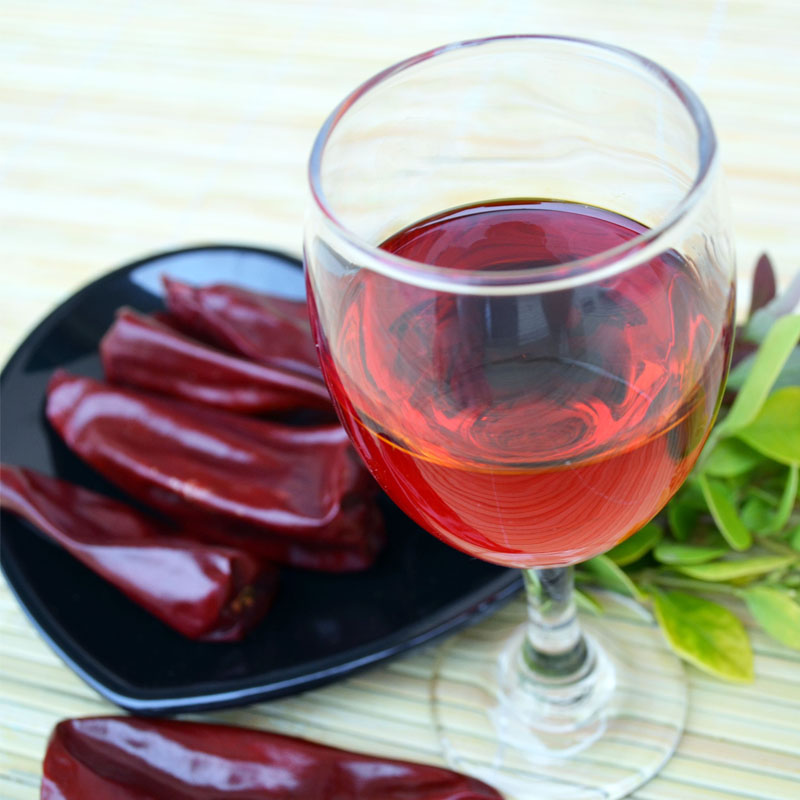
3. Manufacturing Process of Paprika Oleoresin
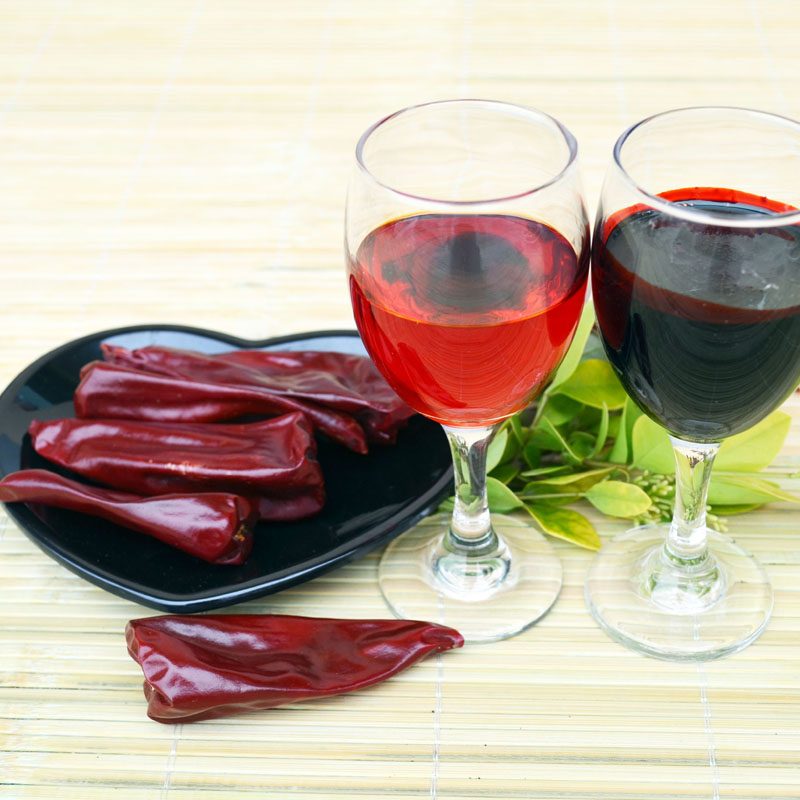
Capsicum Selection
High-Grade Paprika Pods

Grinding & Milling
Ultra-Fine Powderization

Solvent Extraction
Hexane/Ethanol Extraction, Multiple Stages
Filtration
Removal of Solvent, Particulates
Concentration
Reduced Pressure Distillation
Blending & Standardization
Carrier Oil Addition, Homogenization
Quality Control: Each batch is tested for color value, capsaicin content, solvent residues, microbiology, and compliance with ISO 7540 and ANSI/ASTM standards, ensuring product safety and uniformity.
4. Product Material, Technology & Testing
- Raw Material: High pigment-content paprika capsicum with ASTA >160, low pesticide residue, non-GMO.
- Manufacturing Technology:
- Extraction: Advanced counter-current solvent extraction.
- CNC Process Control: PLC-automated extraction parameters for yield optimization.
- Microbial & Heavy Metal Reduction: Ultrafine filtration, vacuum dehydration, FDA compliant.
| Company | ASTA Color Value | Carrier Oil | Max. Residual Solvent | Certifications | Lead Time |
|---|---|---|---|---|---|
| Hongri Spice | 80–160 | Sunflower, Non-GMO | <10 ppm | ISO 22000, HALAL, KOSHER, FDA | 5–12 days |
| Synthite | 80–130 | Corn, Soy, Sunflower | <15 ppm | ISO 9001, HACCP | 12–18 days |
| Chr. Hansen | 60–110 | Canola, Safflower | <20 ppm | FSSC 22000 | 14–20 days |
Paprika extract produced by leading firms exhibits outstanding stability against light, oxidation, and temperature fluctuation—crucial in processed food matrices and industrial applications such as coatings for pet foods and aquafeeds.
5. Key Application Scenarios & Industry Case Studies
-
Food & Drink: Used as a brilliant red colorant for sausages, snacks, mayonnaise, ready meals.
Sample Application: 80% of Asian sausage exports in 2023 used natural colorants. According to EU Novel Foods Report, paprika extract demand grew by 9.2% YoY. - Feed Industry: Pigment for poultry skin, yolk, and aquaculture feed. Higher ASTA values result in deeper yellow-red hues in finished products.
- Pharma & Cosmetics: Natural dye for topical ointments, anti-inflammatory & antioxidant function in nutraceuticals.
- Others: Textile coloration (natural fabrics), resin/plastic coloring.

In a 2022 case study at a leading Spanish food plant, switching to paprika oleoresin reduced processing time by 21% and decreased annual pigment costs by 13%, while meeting EU and FDA colorant standards.
6. Custom Solution: Paprika Oleoresin Product Personalization
To address the diversity of industrial demand, Paprika Oleoresin can be personalized in the following ways:
- Color Value (ASTA): Custom-tailored 40 / 100 / 150 / 160 ASTA based on final product usage and heat processing needs.
- Capsaicin Content: Low (
- Carrier Oil Selection: Allergen-free, organic-certified, non-GMO available. (e.g., sunflower, rice bran oil)
- Stabilization System: Emulsified for water-based foods/drinks or highly concentrated oil dispersions for snack coatings.
- Packaging: 1kg–200kg drums, oxygen-barrier tin canisters, vacuum pouches for extended shelf life.
- Labeling and Certification: ISO, FDA, HALAL, KOSHER, Allergen-free labeling on request.
Example: Hongri Spice delivered a fully-customized 160 ASTA, water-dispersible paprika oleoresin to a global snack manufacturer, resulting in 14% brighter color intensity and 23% reduction in dosage versus previous synthetic pigment.
7. Service, Delivery & Quality Commitment
Quality Assurance: Each shipment includes COA, third-party SGS test report, full traceability documentation.
Warranty: 24 months minimum shelf-life (unopened, stored at <25℃, dark place).
Customer Support: 7x24h online response, on-site technical guidance, annual production capacity >2,300 tons.
Certifications: ISO 22000, HALAL, KOSHER, FDA, REACH.
Cooperation: Partners with Nestlé, COFCO, Bimbo Group, and more.
8. Paprika Oleoresin Industry-Standard FAQ (Technical & Application Focus)
A1: High-grade, dried capsicum annuum pods with pigment level >160 ASTA, low pesticide residue, meeting ISO 7540 and FAO Codex standards.
A2: ASTA (American Spice Trade Association) unit indicates color strength of paprika extract—a higher value means more intense pigment; crucial for end-use dosage and appearance.
A3: Refined sunflower, corn, or rice-bran oil; all allergen-free, non-GMO, and can be certified organic for clean labelling.
A4: 40/80/100/120/130/150/160 ASTA types; oil-soluble, water-dispersible, extra-pure capsicum, emulsion-type for diversified usage.
A5: Paprika oleoresin should be handled under GMP, HACCP standards with sealed dosing, at room temperature <25℃, avoiding light and metallic contact. Use only food-grade metering pumps.
A6: HPLC for capsaicin, spectrophotometry for ASTA value, GC for residual solvents, ISO 4833 for microbial load.
A7: Minimum 24 months unopened under 25℃, protected from sunlight. After opening, consume within 6 months and refrigerate for optimal stability.
9. Scientific, Industry & Regulatory References
- ISO 7540:2016 – Paprika oleoresin: color measurement for food use, purity & safety control
- FDA 21CFR 73.340 – Natural coloring regulations for paprika extract
- Global Industry Reports: Mordor Intelligence, Markets&Markets
- Research Publication: Gaurav et al., "Natural Colorants: Paprika Oleoresin in Food Industry," Journal of Food Science & Technology, 2022
- Official Product Link: https://www.hongrispice.com/paprika-oleoresin.html
References:
1. Mordor Intelligence, Paprika Extract Market Trends: https://www.mordorintelligence.com/industry-reports/paprika-extract-market
2. ISO 7540:2016, Paprika Oleoresin – Determination of Color Value and Purity: https://www.iso.org/standard/62566.html
3. Journal of Food Science and Technology: [Paprika Oleoresin Review]
4. FDA 21CFR73, Color Additives – Paprika Oleoresin: https://www.ecfr.gov/current/title-21/chapter-I/subchapter-A/part-73/subpart-B/section-73.340
-
Turmeric Rhizome Powder: A Golden Treasure from Roots to TableNewsJul.28,2025
-
The Versatile Application Of Crushed Red Hot Peppers: Lighting Up The Red Flames On The Dining TableNewsJul.28,2025
-
The Paprika: A Touch Of Vibrant Red In Color, Flavor, And CultureNewsJul.28,2025
-
Ground Turmeric: A Modern Examination of an Ancient SpiceNewsJul.28,2025
-
Capsicum Liquid Extract: Features, Applications, and ChallengesNewsJul.28,2025
-
Application of Capsicum Liquid Extract in FoodNewsJul.28,2025
